Conservation Initiatives Preserving Our Natural Heritage
- August 6, 2024
- 0 comment
In an era where environmental sustainability is more crucial than ever, ‘Conservation Initiatives Preserving Our Natural Heritage’ explores the vital efforts underway to safeguard the planet’s biodiversity. From grassroots projects to large-scale governmental policies, these initiatives are pivotal in combating ecological degradation and fostering a sustainable future. Join us as we delve into the strategies that are making a difference and learn how you can contribute to these life-affirming efforts.
What is Conservation Initiatives?
Conservation refers to the practice of protecting, preserving, and managing the natural environment and wildlife to prevent the degradation or loss of biodiversity, habitats, and ecosystems. This includes a range of activities from maintaining natural areas and safeguarding endangered species to implementing sustainable practices that reduce human impact on the environment.
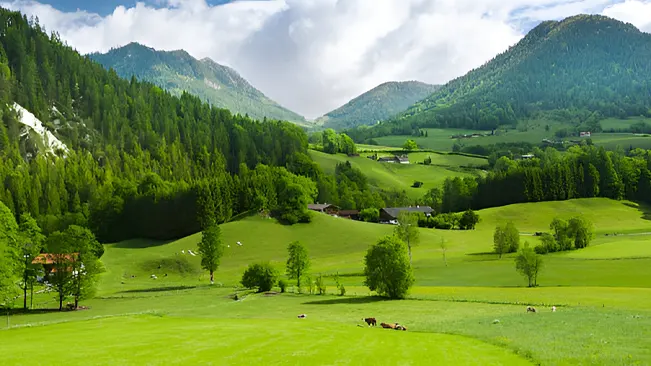
The goal of conservation is not only to protect wildlife and natural landscapes but also to ensure that natural resources are used in a sustainable manner so that they are available for future generations. This involves balancing human needs with the health of the environment through various methods such as protected areas, legal regulations, restoration projects, and educational programs.
Types of Conservation
Environmental Conservation
Environmental conservation encompasses a broad range of efforts aimed at safeguarding the Earth’s natural resources and ecosystems. It involves initiatives to reduce pollution through waste management strategies and emissions controls, conserve water and energy, and promote recycling and the use of renewable energy sources.
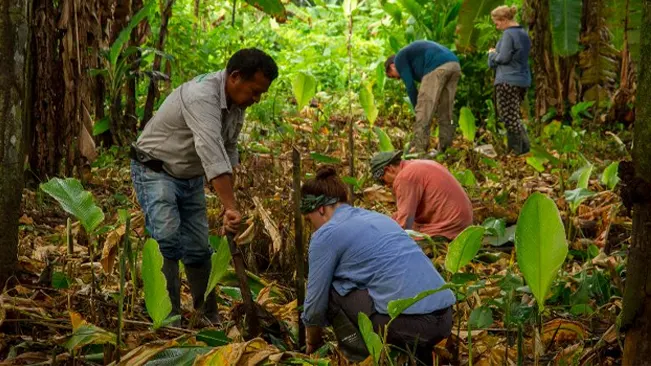
Additionally, environmental conservation includes protecting natural landscapes and biodiversity, which are vital for maintaining ecosystem stability and health. The preservation of forests, wetlands, and other critical habitats helps to regulate the climate, purify air and water, and provide shelter for numerous species.
Animal Conservation
Animal conservation is crucial for protecting species from the brink of extinction. This effort involves habitat protection, legal enforcement to prevent poaching and illegal wildlife trade, and creating genetic diversity through captive breeding programs. Conservationists work on the ground to monitor populations and implement recovery strategies for endangered species.
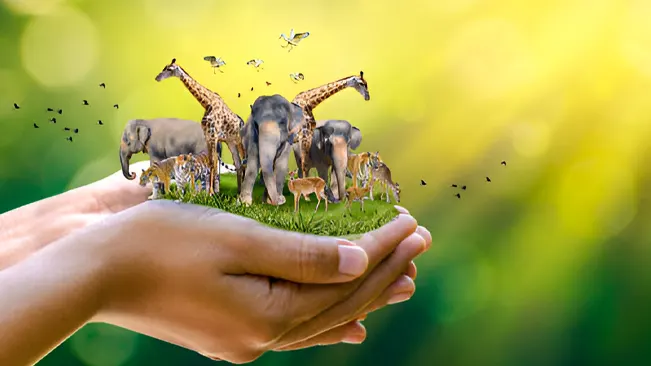
Moreover, public education campaigns and global cooperation play a significant role in raising awareness about the plight of endangered species and securing the commitment needed to protect them. Successful animal conservation often requires a multi-faceted approach, including scientific research, community engagement, and international policy advocacy.
Marine Conservation
Marine conservation aims to protect and restore the health of ocean ecosystems. Key initiatives include establishing marine protected areas that restrict human activities to allow marine ecosystems to recover and thrive. Efforts also focus on sustainable fishing practices to prevent overfishing and the collapse of fish stocks.
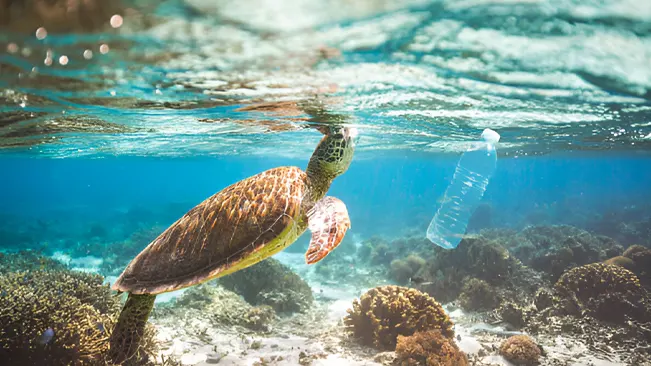
Addressing pollution is another critical aspect, with actions targeting oil spills, plastic waste, and other pollutants that harm marine life. Conservationists also work to protect coral reefs, which are vital to marine biodiversity but are highly sensitive to water temperature changes and pollution.
Human Conservation
Human conservation involves strategies that ensure the sustainability of human communities and their activities on the planet. This includes promoting sustainable urban planning, efficient use of resources, and development practices that do not degrade the environment.
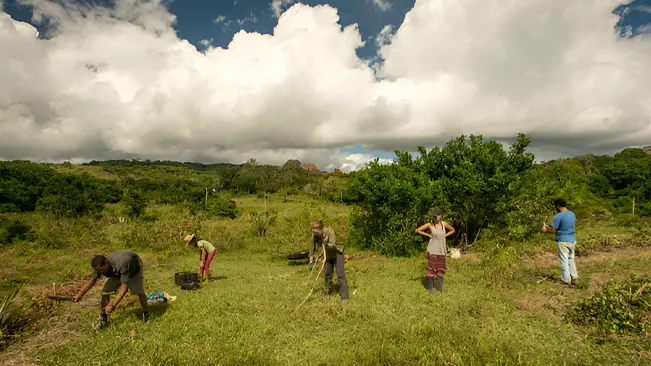
Human conservation is closely linked with sustainable development, which seeks to balance human needs with the preservation of the natural world for future generations. Education and policy reforms are crucial in this area, as they can lead to better stewardship of the environment. Overall, human conservation focuses on creating a more equitable and sustainable world where environmental health and human prosperity are mutually supportive.
What is the World doing to Help Promote Conservation?
Protected Areas
Governments around the world designate areas like national parks and wildlife reserves to protect natural environments and preserve biodiversity. These protected areas are essential for the conservation of endangered species and maintenance of ecological processes that might otherwise be disrupted by human activity.

Such regions often serve as research bases and educational resources, offering insights into untouched ecosystems and serving as benchmarks for ecological studies. They also provide Eco-tourism opportunities, which can be a significant economic benefit for local communities.
International Agreements
The Convention on Biological Diversity (CBD) works to promote sustainable development by conserving biological diversity, advocating for the sustainable use of its components, and encouraging equitable sharing of benefits arising from genetic resources.

CITES protects endangered plants and animals by regulating and monitoring their international trade to prevent it from threatening their survival, while the Ramsar Convention on Wetlands aims to secure the conservation and wise use of wetlands by national action and international cooperation
Community-Based Conservation
This approach recognizes that local and indigenous knowledge about natural resources is invaluable. By involving local communities in conservation efforts, these initiatives can achieve more sustainable and culturally appropriate outcomes.
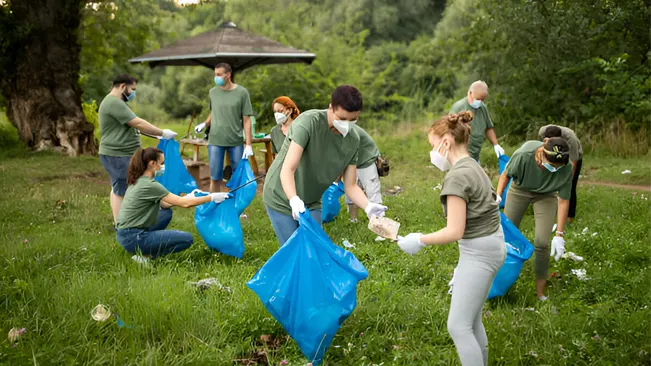
Engaging communities not only helps in enforcing local conservation laws but also ensures that conservation benefits like Eco-tourism revenues are shared with the people who help maintain these ecosystems.
Wildlife Corridors
Wildlife corridors are vital for connecting fragmented habitats, which helps maintain biodiversity by allowing animals to safely migrate between areas, find mates, and access diverse habitats. This genetic flow is crucial for the resilience of animal populations.
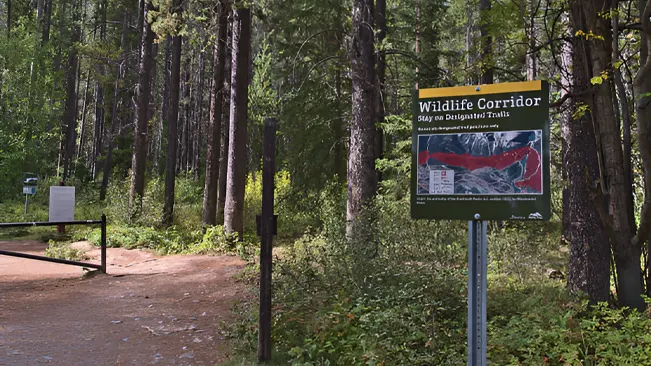
Establishing these corridors involves careful planning to ensure they effectively link conservation areas across various landscapes, sometimes even spanning across national borders.
Reforestation and Restoration Projects
Projects like the Bonn Challenge aim to restore deforested and degraded lands, which not only improve habitat quality but also mitigate climate change effects by increasing carbon sequestration. Such efforts are essential for reversing the damage caused by human activity.
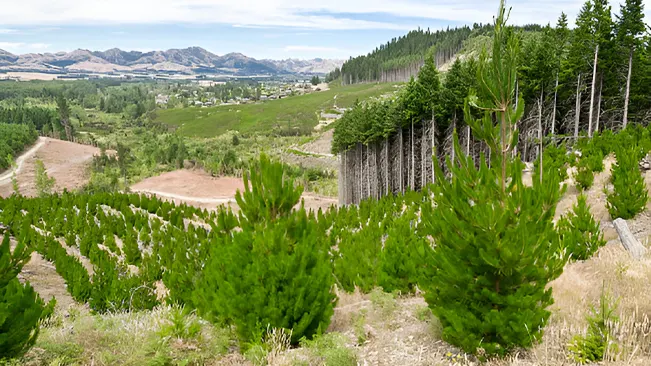
These restoration initiatives often involve local communities and create jobs, while also improving local climate conditions, water quality, and soil stability.
Sustainable Practices
Promoting sustainable practices in agriculture, forestry, and fishing helps reduce the impact on the environment and ensures that natural resources are used responsibly. Certifications like MSC and FSC set standards that encourage industries to adopt sustainable practices.
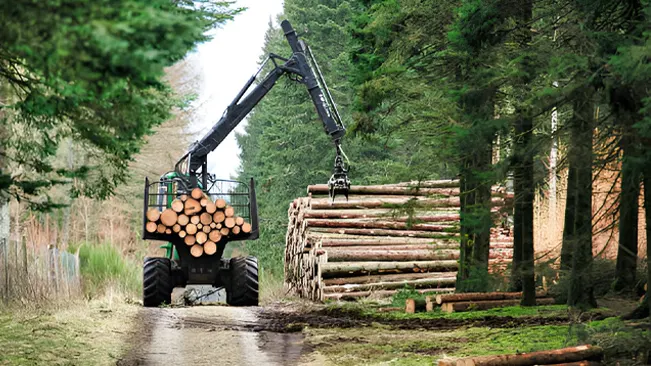
These practices not only help conserve the environment but also ensure the long-term viability of industries that depend on natural resources.
What is The Importance of Wildlife?
- Ecological Balance: Wildlife plays a critical role in maintaining the balance of ecosystems by participating in processes such as pollination, seed dispersion, and nutrient cycling.
- Biodiversity Support: Each species contributes to the biodiversity necessary for ecosystem resilience, which helps ecosystems withstand and recover from a variety of disasters.
- Food Security: Many species are important for food products and agriculture, as they pollinate plants, control pest populations, and maintain healthy soils.
- Medicinal Resources: A significant percentage of drugs are derived from chemical compounds found in wildlife, highlighting their role in medical research and pharmaceutical development.
- Economic Benefits: Wildlife tourism and Eco-tourism are vital economic activities in many regions, generating revenue and providing employment.
- Cultural Significance: Wildlife has deep cultural, spiritual, and heritage connections in many societies, influencing art, religion, and community practices.
- Scientific and Educational Value: Wildlife provides numerous opportunities for scientific research and education, offering insights into biology, ecology, and environmental science.
- Recreational Value: Activities like bird watching, hiking, and photography all rely on abundant and diverse wildlife, contributing to human recreation and mental health.
- Climate Regulation: Many species contribute to the regulation of climate conditions through processes like carbon sequestration and influencing local weather patterns.
- Water Quality Maintenance: Aquatic species play a key role in maintaining the health of water bodies by filtering pollutants and aerating the water, which benefits both wildlife and human populations.
Conclusion
Conservation efforts are essential for maintaining our planet’s ecological balance and biodiversity. These initiatives range from establishing protected areas to promoting sustainable practices and engaging communities. By protecting natural habitats and the species that depend on them, conservation actions not only support environmental health but also enhance socio-economic and cultural well-being. Moving forward, it’s crucial to continue supporting and innovating conservation strategies to ensure a sustainable future for all. Our collective commitment to these efforts is key to preserving the delicate balance of Earth’s ecosystems.s.
FAQS
- What are conservation initiatives?
Conservation initiatives are efforts and strategies implemented to protect and preserve the natural environment and wildlife. These can include establishing protected areas, promoting sustainable practices, and engaging communities in conservation efforts. - Why are conservation initiatives important?
Conservation initiatives are crucial for maintaining biodiversity, protecting ecosystems, and ensuring sustainable use of natural resources. They help to mitigate the impacts of climate change, prevent habitat loss, and maintain ecological balance. - What types of conservation initiatives exist?
There are various types of conservation initiatives, including wildlife protection programs, reforestation projects, marine conservation efforts, and international agreements aimed at preserving natural habitats and species. - How can individuals contribute to conservation initiatives?
Individuals can contribute by supporting environmentally friendly practices, participating in local conservation projects, donating to conservation organizations, and spreading awareness about the importance of protecting the environment. - What are the challenges faced by conservation initiatives?
Conservation initiatives often face challenges such as limited funding, political and economic pressures, habitat destruction, and the complexities of managing and enforcing protection in vast and diverse environments. - How do conservation initiatives impact local communities?
Conservation initiatives can have significant impacts on local communities, providing economic benefits through Eco-tourism and sustainable resource management, but also requiring careful balance to respect local needs and rights. - What role do governments play in conservation initiatives?
Governments play a critical role by enacting environmental laws, funding conservation projects, and participating in international treaties that aim to protect natural resources and wildlife. - How are international organizations involved in conservation?
International organizations coordinate cross-border conservation efforts, provide expertise and funding, and facilitate agreements between countries to protect global biodiversity. - Can conservation initiatives help combat climate change?
Yes, conservation initiatives can significantly mitigate climate change by preserving forests and other ecosystems that absorb carbon dioxide, as well as by promoting sustainable practices that reduce greenhouse gas emissions. - What future trends are expected in conservation initiatives?
Future trends may include increased use of technology for monitoring and enforcement, greater emphasis on climate resilience in conservation planning, and more integrated approaches that involve multiple stakeholders and sectors.

Joel Cunningham
Forestry AuthorI'm Joel Cunningham, an expert in pruning and weed management with over a decade of experience. My skills are rooted in formal training and extensive practice, focusing on advanced pruning techniques and efficient weed control. I'm known for my quality work, precision, and deep understanding of plant health and soil dynamics. My contributions extend to educational initiatives where I share sustainable practices and advice, establishing myself as a reliable and authoritative figure in the gardening community.

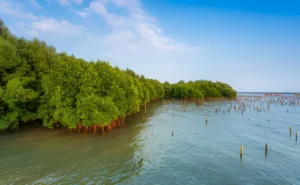
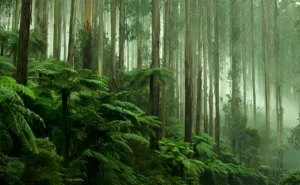
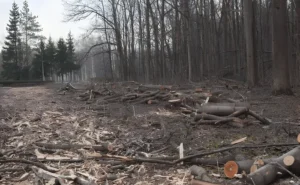
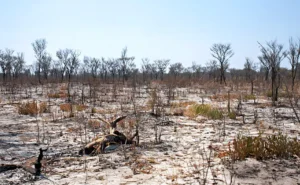
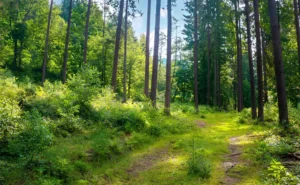

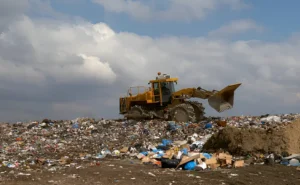
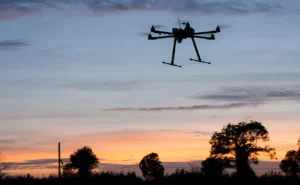
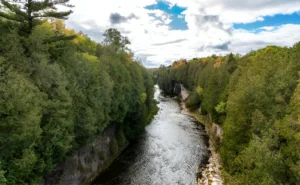

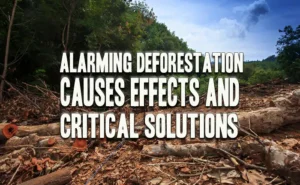
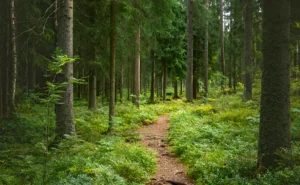
Leave your comment